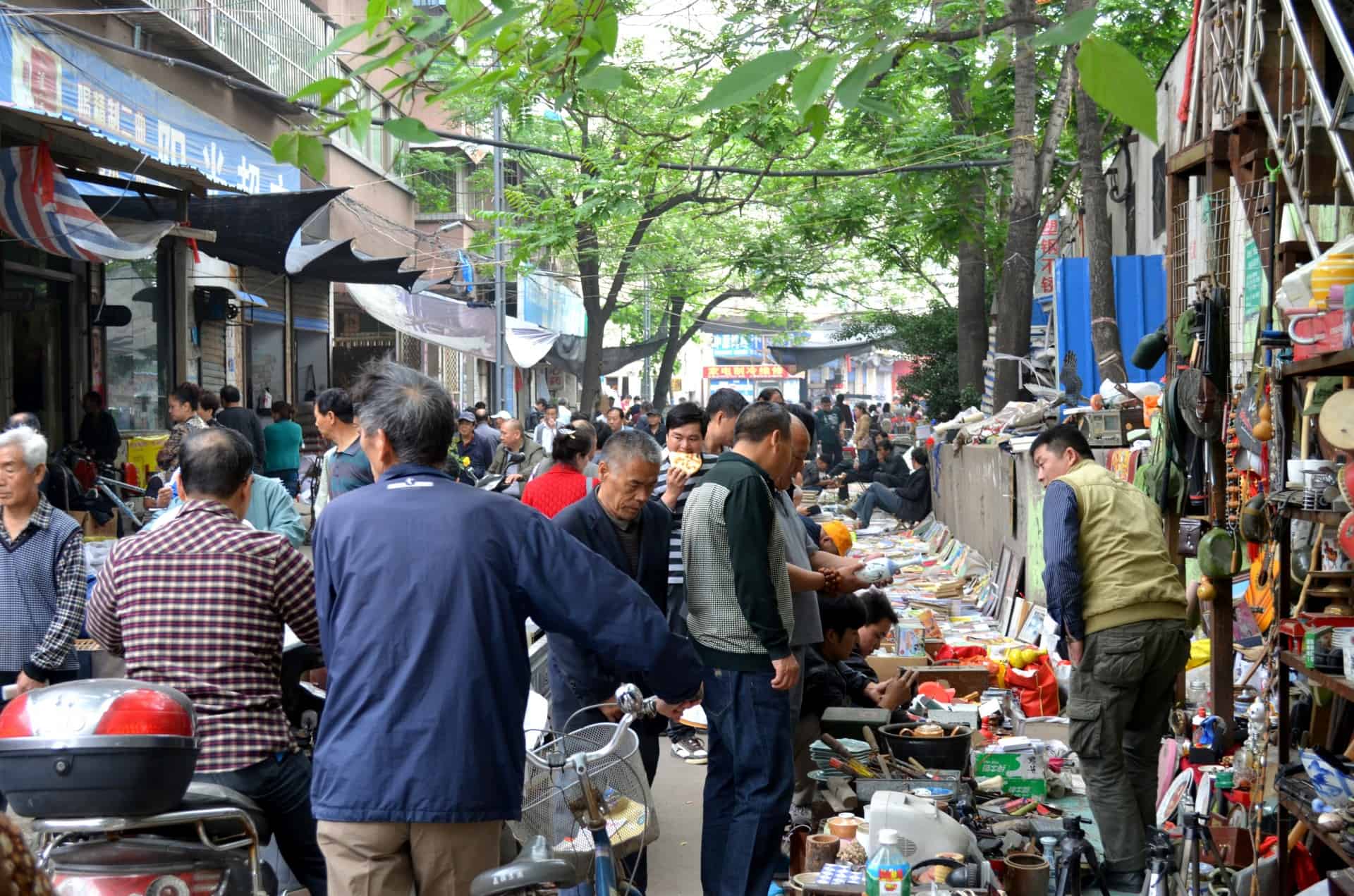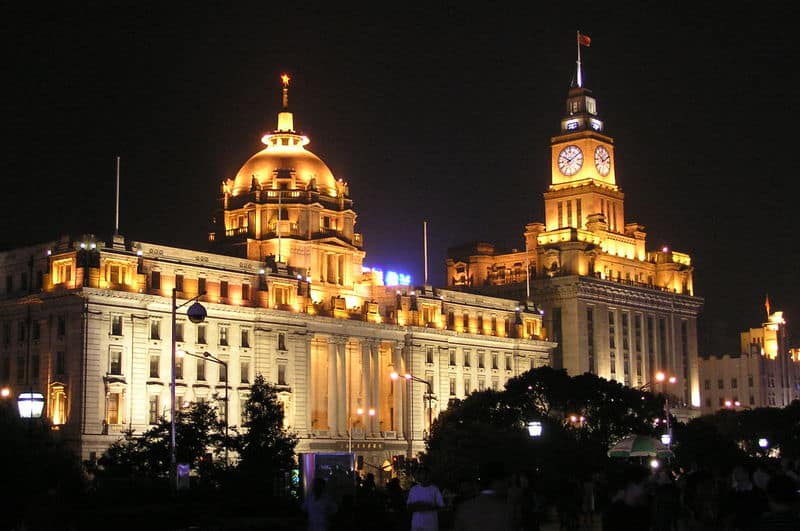Local governments around China are making use of large-scale consumer coupon campaigns to help stimulate the economy, as the Covid pandemic continues to create headwinds for growth.
During the period from January to April at least 20 province-level governments issued over 3.4 billion yuan in consumer coupons, covering a range of goods including household appliances and automobiles, as well as food, beverage and travel.
The start of June has seen a fresh surge in province and municipal-level consumer voucher campaigns, with many provinces launching initiatives worth over 100 million yuan in total.
Beijing has launched a campaign with JD.com to provide 400 yuan subsidies for purchases of energy efficient home appliances, while the the Shandong province city of Yantai has launched a campaign for discounts of 80 yuan for every 200 yuan of spending at selected restaurants, and discounts of 150 yuan for every 300 yuan of spending.
The Hunan province capital of Changsha and the Hainan province capital of Haikou have also launched similar campaigns to spur spending at local restaurants and businesses.
The digital renminbi has played a prominent role in many of these consumer stimulus campaigns, which have seen local governments in China encourage consumers to “buy, buy, buy.”
“Consumer coupons are a form of government transfer payment that can reduce the payments pressure for consumers purchasing goods and services,” said Hong Yong (洪勇), an e-commerce researcher from the Ministry of Commerce.
“They possess multiplier effects, and achieve the roles of driving consumption, driving investment and stabilising employment.”
The launch of the campaigns arrives amidst a decline in consumer spending in China, amidst heightened geopolitical tension as well as the provisional restoration of Covid-related restrictions in Shanghai and Beijing.
Figures from the National Bureau of Statistics (NBS) indicate that in may national consumer good retail sales were over 3.3 trillion yuan, for a decline of 6.7% compared to the same period last year, albeit a deceleration of 4.4 percentage points compared to April.




